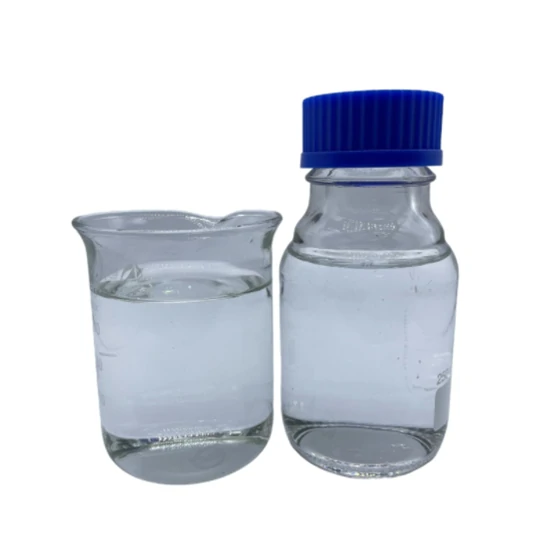Isobutylbenzene, also known as 2-phenylpropane, can contribute to the formulation of industrial lubricants and cutting fluids in several ways.
Here are some ways Isobutylbenzene is utilized in these applications:
- Lubricity: Isobutylbenzene possesses good lubricating properties, which can help reduce friction and wear between moving parts. It forms a protective film on the surfaces, enhancing the smooth operation of machinery and equipment.
- Viscosity Control: Isobutylbenzene can be used as a viscosity modifier in lubricant formulations. By adjusting the concentration of Isobutylbenzene, the desired viscosity of the lubricant can be achieved, allowing it to flow smoothly and provide optimal lubrication under different operating conditions.
- Solvency: Isobutylbenzene has excellent solvency properties, which can aid in the formulation of cutting fluids. It can dissolve various additives, such as corrosion inhibitors, anti-wear agents, and extreme pressure additives, enhancing the overall performance of the cutting fluid.
- Heat Transfer: Isobutylbenzene’s high boiling point and thermal stability make it suitable for applications where heat transfer is required. It can be used as a heat transfer fluid in systems such as heat exchangers or cooling systems, efficiently transferring heat while maintaining stability under elevated temperatures.
- Oxidation Stability: Isobutylbenzene exhibits good oxidation stability, making it suitable for use in lubricants and cutting fluids. It can resist degradation and maintain its performance even under prolonged exposure to high temperatures and oxidative environments.
- Compatibility: Isobutylbenzene is compatible with various types of base oils and additives commonly used in lubricant formulations. It can be blended with other lubricant components to achieve desired performance characteristics, such as improved lubricity, stability, and protection against wear and corrosion.
- Environmental Considerations: Isobutylbenzene is relatively low in toxicity and has a low potential for bioaccumulation. This makes it a favorable choice for formulating industrial lubricants and cutting fluids when environmental considerations are important.
It’s important to note that while Isobutylbenzene can contribute to the formulation of industrial lubricants and cutting fluids, the specific formulation may vary depending on the intended application, operating conditions, and performance requirements. China Isobutylbenzene suppliers Formulators consider various factors such as viscosity, temperature range, load-bearing capabilities, and compatibility with other components when incorporating Isobutylbenzene into lubricant and cutting fluid formulations.
What are the main properties and characteristics of Isobutylbenzene?
Here are the main properties and characteristics of Isobutylbenzene (2-phenylpropane):
- Chemical Formula: The chemical formula of Isobutylbenzene is C10H14.
- Molecular Weight: The molecular weight of Isobutylbenzene is approximately 134.22 grams per mole.
- Physical State: Isobutylbenzene is a colorless liquid at room temperature.
- Odor: It has a sweet, aromatic odor.
- Solubility: Isobutylbenzene is soluble in organic solvents like alcohols, ethers, and chloroform, but it is slightly soluble in water.
- Density: The density of Isobutylbenzene is around 0.87-0.88 g/cm³.
- Boiling Point: Isobutylbenzene has a boiling point of approximately 169-171°C (336-340°F).
- Melting Point: The melting point of Isobutylbenzene is approximately -94°C (-137°F).
- Vapor Pressure: Isobutylbenzene has a relatively low vapor pressure.
- Flash Point: The flash point of Isobutylbenzene is approximately 41-45°C (106-113°F).
- Stability: Isobutylbenzene is stable under normal conditions but may undergo hazardous polymerization when exposed to strong acids or bases.
- Flammability: Isobutylbenzene is flammable and can form explosive mixtures with air.
- Chemical Reactivity: It can undergo various chemical reactions, including oxidation, reduction, and substitution reactions.
It’s important to note that the properties of Isobutylbenzene can vary depending on factors such as purity, temperature, pressure, and the presence of other substances.
Please remember to exercise caution when handling Isobutylbenzene or any other chemicals, as they may have specific safety considerations and handling guidelines.
